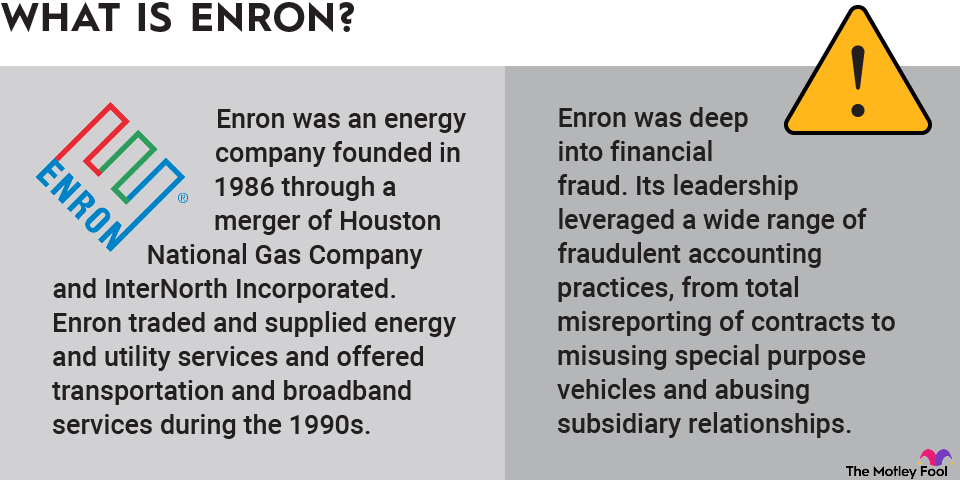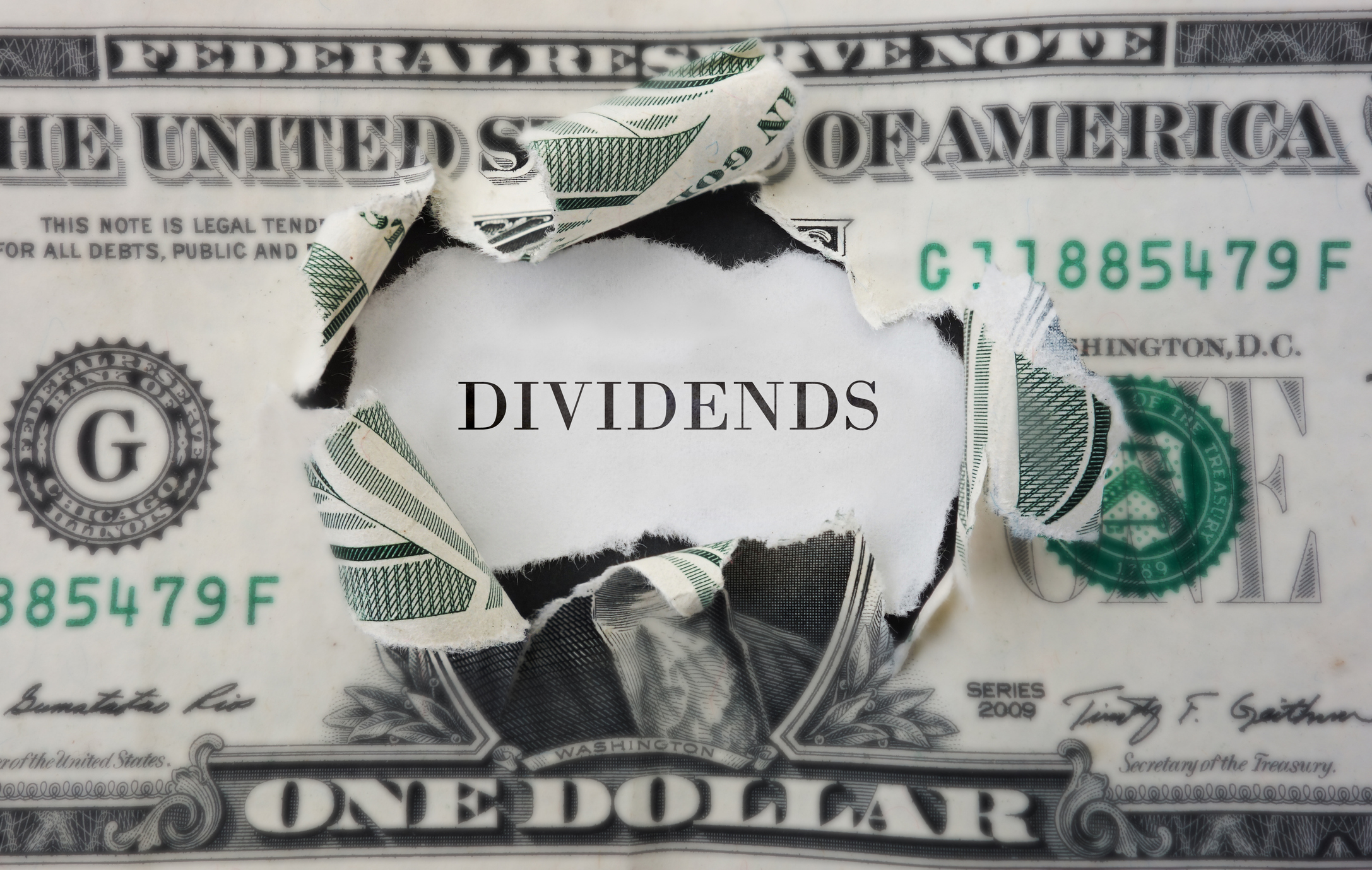Earnings before interest and taxes (EBIT) is a company's revenue minus its expenses, excluding tax and interest. EBIT is essentially a financial metric that indicates profitability, making it useful for stock analysis.

Understanding earnings before interest and taxes (EBIT)
To calculate a company's EBIT, start with its total revenue. This may be called net sales, depending on the company. Subtract the cost of goods sold/total cost of sales and the operating expenses. The result is the company's EBIT.
You won't find EBIT on a company's financial statements since it's not part of the generally accepted accounting principles (GAAP). However, you'll likely find operating income or operating profit, which are sometimes synonymous with EBIT.
If a company has no non-operating income, EBIT and operating income are the same. If a company has non-operating income, EBIT is the sum of its operating income and non-operating income.
Why EBIT is important
Profitability is a crucial factor in any business's long-term success. While start-ups and early-stage companies sometimes operate at a loss initially, quality businesses make more than they spend. The amount of profits a company earns also determines how much it can expand, invest in research and development, and return to shareholders in the form of dividends or stock buybacks.
EBIT provides a way to measure profitability and track its changes over time. Because it excludes taxes and interest, it shows whether a company's earnings are enough to finance its operations. It also allows you to compare companies that pay different tax rates.
How to use EBIT
EBIT can help you evaluate a company's growth and compare multiple companies within the same industry. To see profits over time, you can look at EBIT in multiple quarterly or annual financial statements. Ideally, EBIT will be increasing; if not, you'll want to see why profits haven't been growing for that period.
You can also use EBIT to directly compare companies in terms of their profitability and operational efficiency. If two companies are direct competitors, and one has a significant edge in EBIT, that's a strong point in its favor as an investment.
However, remember that this only works if the companies are in the same market sector. Some industries have much higher EBITs than others on average. It wouldn't make sense to compare the profits of tech companies, which have some of the highest EBITs, to utility companies.
It's also worth remembering that EBIT is just one of many important financial metrics. For example, there's also earnings before interest, taxes, depreciation, and amortization (EBITDA). Among companies with high fixed assets, EBITDA is a useful metric for looking at profitability before depreciation deductions.



















